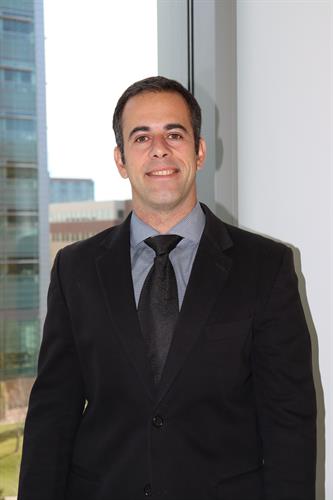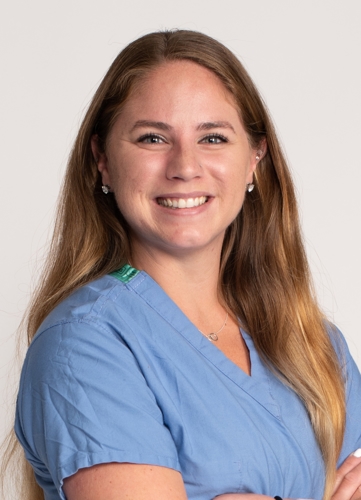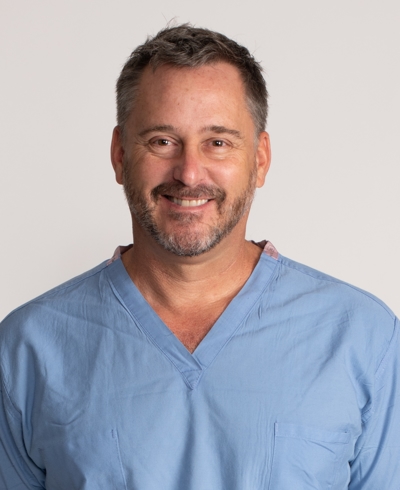Neck Pain Treatments
There are several causes and conditions that result in neck pain. While some causes are minor, others can be serious, which can lead to a risk of nerve root or spinal cord damage.
Causes of neck pain include:
- Cervical disc degeneration
- Herniated disc
- Cervical radiculopathy (pinched nerve)
- Spinal stenosis
- Cervical spondylosis
To schedule a neurosurgical consultation with Boulder Neurosurgical and Spine Associates of BCH, call 303-938-5700.
Non-surgical Options for Neck Pain
First in our comprehensive treatment plan are non-surgical options to avoid or postpone surgery, if possible.
Nonsurgical treatment includes:
- pain-relieving medications
- immobilization
- cervical traction
- physical therapy
- epidural steroid injections
If conservative, non-surgical treatment is ineffective, surgery can be considered. Our experienced team of neurosurgeons offer compassionate care and the latest in minimally invasive approaches to surgery, helping you quickly return to your daily activities.
Surgical Options for Neck Pain
About 80% of neck pain can be treated non-surgically. But if conservative treatments fail, surgery may be necessary. Procedures for neck pain include:
Artificial cervical disc replacement
Artificial cervical disc replacement is a newer surgical procedure to treat damaged cervical discs without sacrificing segmental motion. The procedure approaches anteriorly — from the front of the neck as opposed through the back of the neck. The disc is then removed from between two vertebral bones and replaced with an implant.
Cervical laminectomy and foraminotomy
Cervical laminectomy (decompression surgery) is a procedure to treat cervical stenosis (narrowing of the canal). The surgeon removes a section of the vertebral bone (lamina) to help ease pressure on the spinal cord or the nerve roots that may be caused by the stenosis.
Foraminotomy, another type of decompression surgery, is the removal of bone around the neural foramen - the canal where the nerve root exits the spine.
Posterior cervical fusion
The goal of this surgery is to relieve pressure on the spinal cord and nerve roots or to help stabilize abnormal motion or instability in the cervical spine (neck) from stenosis and myelopathy, as well as conditions such as neck fractures, cervical instability and tumors. It is called posterior because the cervical spine is typically reached through an incision in the back of the neck.
During the surgery, the soft tissues and muscles of the neck are separated often using less-invasive techniques. The bone (lamina) overlying the spinal cord and canal is sometimes removed, taking the pressure of the spinal cord and/or nerve roots. After removing any necessary lamina and performing microsurgery to decompress the spinal cord and/or nerves (see foraminotomy, laminectomy or laminoplasty below), small titanium screws are placed in the bones that surround the spinal cord and are attached together with a titanium rod. We then place chips of your own bone, or other bone-promoting material, along with the exposed bones and around the titanium screws to help the vertebrae grow together and fuse.
Laminectomy, laminoplasty and foraminotomy
Laminectomy is a type of surgery in which a surgeon removes part or all of the vertebral bone (lamina). This helps ease pressure on the spinal cord or the nerve roots that may be caused by herniated disk, a narrowing of the spinal canal (spinal stenosis). A section of the lamina is removed to relieve the pressure on the spinal cord.
Sometimes a more technically difficult procedure is required, called laminoplasty. A section of the lamina usually forms a rigid “roof” over the spinal canal; a laminoplasty props that “roof” open a little.
Also commonly used to treat spinal stenosis, foraminotomy helps lower pressure within the spinal canal by enlarging the passageway through which a spinal nerve root branches from the spinal canal.
Anterior cervical discectomy and fusion
Anterior Cervical Discectomy and Fusion (ACDF) is the most frequently performed procedure to treat neck pain, cervical radiculopathy and myelopathy. The main purpose of this operation is to relieve pressure on the neural elements of the spinal cord and nerve roots. It is called anterior because the cervical spine is typically reached through a small incision in the front of the neck (anterior means front).
During the surgery, the soft tissues of the neck are separated using minimally invasive techniques. The surgeon then performs complete or partial discectomy (removal of the disc between two vertebrae) and places bone graft between the adjacent vertebrae. A small metal plate is fixed in front of the vertebrae to stabilize the spine and improve the chance of fusion.
Contact Us
To schedule a neurosurgical consultation with Boulder Neurosurgical and Spine Associates of BCH, call 303-938-5700.









